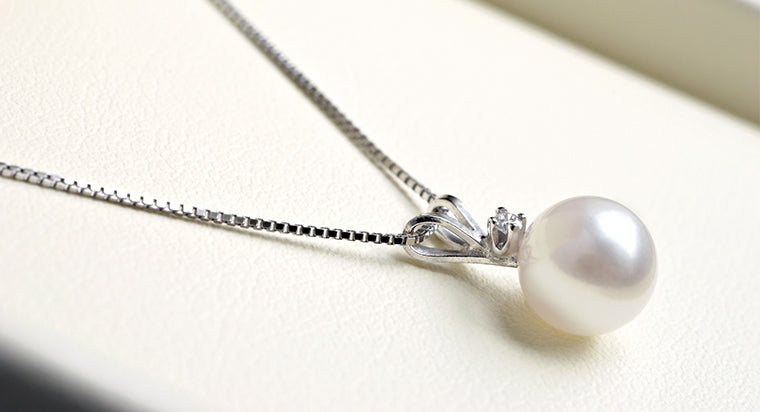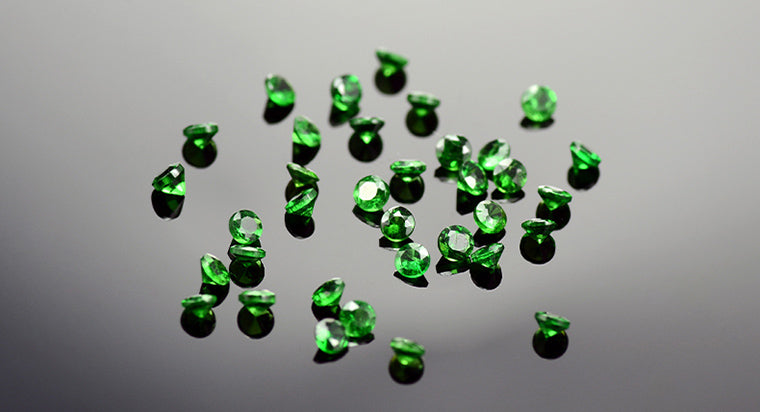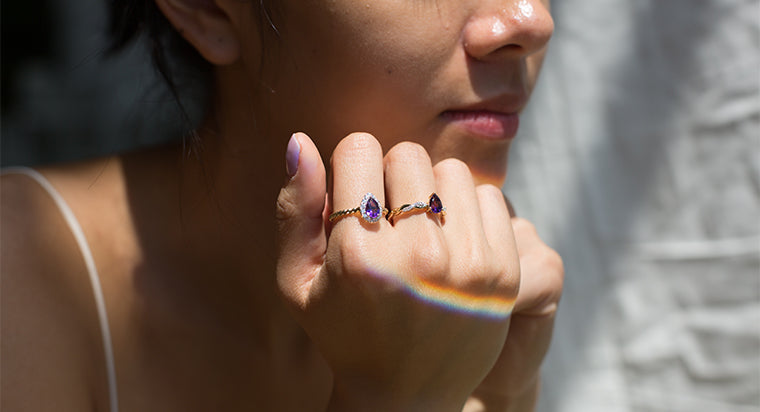How Much Do Sapphires Cost

A few years ago, it was unthinkable that an engagement ring's center stone would be anything but a diamond. Today, it's one of the hottest trends. (And proof that everything old is new again: Until the mid-20th-century, most engagement rings weren't diamond.) Whether it's attributable to Instagram, or simply cyclical, a dazzling array of gemstones are making their way onto engagement rings. If your loved one has an eye for the unconventional, it's definitely an option you'll want to consider.
Look first at the sapphire, an excellent choice for gemstone engagement rings. After the diamond, sapphires are the second-hardest gem, making them ideal for everyday wear. Look next at two of the most famous engaged women of the last few years: Both Lady Gaga and Meghan Markle's engagement rings contain sapphires. But does that mean you'll have to shell out like a celebrity? You're probably asking, how much do sapphires cost?
First, know that some types of sapphires are most highly valued. The most valuable type is the cornflower blue color, also known as the Kashmir sapphire. Some rare and exotic colors are valuable, including the scarce orange-pink Padparadscha sapphire and the color-changing sapphire, which turns different hues depending on the light.
Sapphires range from $25 per carat to more than $11,000 per carat; the most expensive one ever sold came in at $135,000 per carat. The price of a sapphire is determined based on its quality, which means that a large, low-quality sapphire is much cheaper than a small but very high-quality sapphire.
How Much Do Sapphires Cost?
First, the cost of a sapphire depends on carat, or its weight. The bigger the stone, the harder it is to find rough material of that size, which makes the finished ring more expensive. A top-quality 1- to 2-carat stone might retail between $800 to $1,200 per carat. Quality 2- to 3-carat stones sell for about double that amount, around $1,600 to $2,000 per carat. For larger or smaller stones, prices can be extrapolated to some extent, but there is no linear formula to follow, and prices change with time.

A sapphire's cost also depends on its clarity. Just like diamonds, sapphires can have inclusions, or small imperfections, although sapphires generally have better clarity than rubies. The most common inclusions are long, thin mineral structures called needles, and white, cloudy lines called feathers, which can make the sapphire look opaque. It's rare to find blue sapphires with extremely high clarity, which make those very valuable. Click here to read our complete guide to sapphire grading.
Finally, the cost of a sapphire depends on its source. Sapphires are found all over the world, but valuable, marketable sapphires are extremely rare. Sri Lanka and the Kashmir region of India and Pakistan have historically been important sources of jewelry-grade sapphires. But the most valuable sapphire mines can only be used several months out of the year, so sapphires of that provenance sit atop the price apex.
Sapphires are chosen and vetted by gemologists after carefully looking at their hue, tone and saturation. As gemstones are visually different than diamonds, the sparkle is not the main criteria. It is the lack of inclusions, durability, and color that make a sapphire truly beautiful. With Clarity works with sapphire cutters that we have had relationships with for several decades. Through them we can ensure that the sourcing and quality of the sapphires, which we set in sapphire and diamond engagement rings as well as necklaces and earrings, is impeccable. Gemologists carefully select from lots of sapphires to find those that have the best combination of the above three factors. They also factor in the look of the ring and the metal, to ensure that a sapphire with the best hue and color is chosen to complement it. Sapphires are graded on a scale ranging up to AAA. A sapphire with a AAA rating has the best of all characteristics. With Clarity strives to ensure that sapphires chosen for engagement rings are from this AAA grade bracket.
FAQs
Which sapphire is the most expensive?
What is the price range for sapphires and how does it compare to other gemstones?
The most important factor in determining the value of a sapphire is its color. The most valuable sapphires are those with vivid, intense colors, such as deep blue or bright pink. The remaining Cs, i.e., clarity, cut and carat weight will also directly influence the price of a sapphire.
Other than these factors, the origin of a sapphire can also influence its value. For example, sapphires from Kashmir are highly prized for their rich blue color and velvety texture, while Burmese sapphires are known for their intense color and high clarity. Finally, the current market demand for sapphires can also affect their value. If a certain color or type of sapphire becomes popular or fashionable, prices may rise accordingly.
What are some popular treatments or enhancements used on sapphires and how do they impact the cost?
There are several popular treatments and enhancements used on sapphires to improve their color, clarity, or overall appearance. Here are some of the most common ones:
- Heat treatment: Heat treatment is the most common treatment used on sapphires. It involves heating the stone to high temperatures to improve its color and clarity. This treatment is permanent and can improve the value of a sapphire, but it may also reduce the rarity of the stone.
- Beryllium treatment: Beryllium treatment is a newer treatment that involves adding beryllium to the heating process to improve the color of the sapphire. This treatment can result in vivid and intense colors that are highly desirable, but it may also lower the value of the stone because it's not considered a natural color.
- Diffusion treatment: Diffusion treatment involves adding chemical elements to the surface of the sapphire to create a layer of color. This treatment is often used to create a star effect on the surface of the sapphire. Diffusion treatment is not permanent, and it can reduce the value of the stone because it's considered an artificial enhancement.
- Irradiation: Irradiation involves exposing the sapphire to radiation to change its color. This treatment is often followed by heat treatment to stabilize the color. Irradiation is a permanent treatment, but it may lower the value of the sapphire because it's not considered a natural color.
The cost of a treated or enhanced sapphire will depend on the type and extent of treatment used. In general, untreated or minimally treated sapphires are considered more valuable and therefore more expensive than treated stones.









